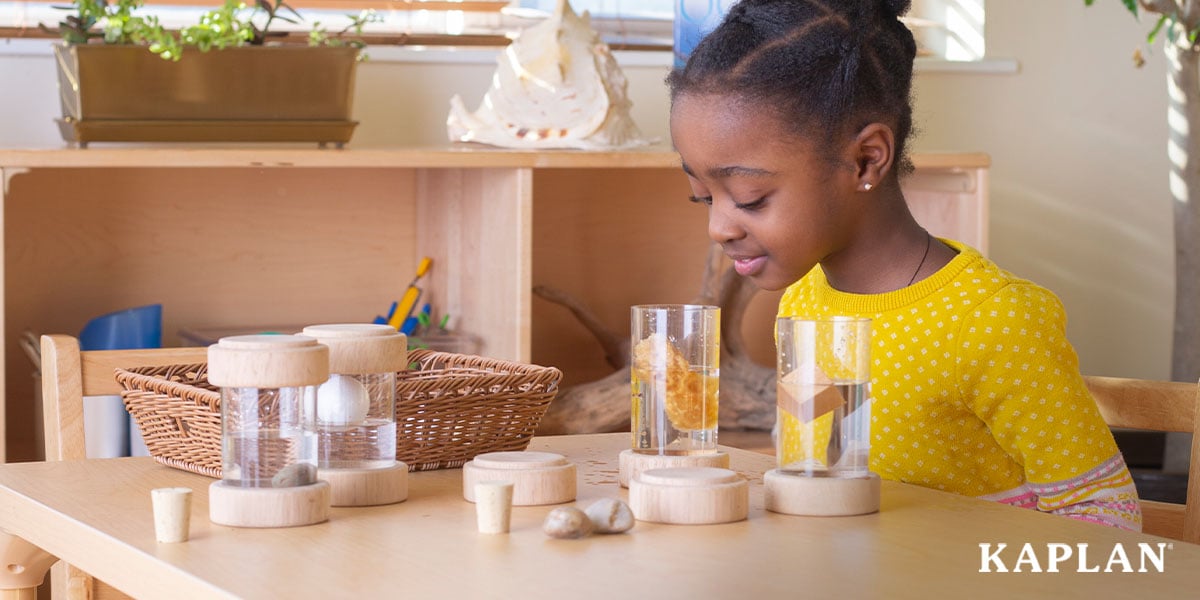Are you looking for a teaching method that encourages active engagement in classroom lessons and deepens a child’s retention of knowledge and skills? Project-based learning could be the solution you are looking for! This educational approach facilitates child development and academic achievement by focusing classroom lessons on experiences and concepts that children show a genuine interest in.

While project-based learning is not new, this might be a teaching method you are unfamiliar with. You might be curious about this approach yet have questions like the following. How is project-based learning better than how I’m currently teaching in the classroom? How does project-based learning improve academic outcomes? What topics your project should focus on to be the most effective? How to make project-based learning work in your classroom?
In this article, you will find answers to these questions and curriculum resources that can help you seamlessly integrate project-based learning in your classrooms.
What is project-based learning?
According to Picturing the Project Approach: Creative Explorations in Early Learning, a project is an extended, in-depth investigation of real-world topics. Once divided into small groups, these projects are typically done by the entire class. Projects may last a few days to a few weeks, depending on the children's interest and the topic being covered.
When choosing a topic for your classroom projects, you want to focus on the interests of the children in your classroom. This does not mean you must ask children what they want to learn. Instead, you can identify a child's interest by paying attention to the questions they ask throughout the day and their observations while on the playground or in the classroom.
For example, imagine that you found a feather on the playground a few days ago. Ever since, children keep asking questions about where the bird is, what type of bird it is, why its feather fell out, and where the bird lives. This reaction would be a good sign that the children are curious about birds and that this topic would make a great class project.

Why is project-based learning effective in early education?
For many reasons, project-based learning is effective, not just in the pre-K classroom but in all spaces offering early education. This approach to education promotes active engagement through hands-on experiences and activities, leading to a deeper understanding of lessons and knowledge retention. Class projects also allow children to be creative and explore concepts in their own way, furthering their retention of skills and academic lessons.
When children cooperate in classroom projects, they must think critically and work closely with peers to solve problems and challenges. Collaboration and communication also come into play during classroom projects. As children develop these skills, alongside self-regulation and active listening, they gain knowledge that leads to success in the 21st-century classroom.
One final aspect of project-based learning that makes it an effective educational method is that projects give children ownership of their education. By completing a project from start to finish, young children foster a sense of accomplishment and independence that they will carry into other areas of their lives.
What is the difference between thematic teaching and projects?
Picturing the Project Approach outlines the differences between thematic teaching and projects. With thematic teaching, children engage in activities and lessons that revolve around a broad topic or concept, such as the solar system or seasonal holidays. The teacher will usually direct thematic activities and lessons from start to finish, emphasizing one or two academic skills they want children to learn. During a themed lesson, every child completes the same work and art projects, making it difficult for children to differentiate their displayed artwork from that of their peers.
On the other hand, projects involve learning that is relevant or interesting to children, typically about a real-world topic or concept. The teacher might offer guidance as children work on their projects, but the children usually decide how to work through the different tasks. As the children work on projects, they gain many foundational skills for school and life, like collaborating, thinking critically, and communicating effectively. Final projects are typically displayed in the classroom and include photos, documentation, and videos of the children hard at work.
As you can see, both teaching styles have distinctions, and one is not necessarily better than the other. Educators should choose a teaching style that feels comfortable to them and meets the needs of the children in their care.

How can you make project-based learning work in your classroom?
As you can see, project-based learning is a great way to engage children in interesting lessons and help them retain the knowledge they learn along the way. While the idea of a project taking weeks might seem daunting, it does not have to be. The most well-structured, user-friendly projects involve three phases: a beginning, a middle, and an end.
In the book Picturing the Project Approach, you will find page after page of strategies and tips that can help you work through the three phases of project-based learning. In doing so, you will help children dig deeply into intellectual and social experiences that help them see the meaningful benefits of the skills they acquire.
Is there a curriculum that focuses on project-based learning?
Yes! Connect4Learning, created by early childhood experts working alongside the curriculum team here at Kaplan, weaves learning and teaching across the four domains of literacy, mathematics, science, and social-emotional development. This pre-K curriculum incorporates classroom projects to help children build meaningful connections between lessons and skill development.
To learn more about the Connect4Learning curriculum, read this article. 

